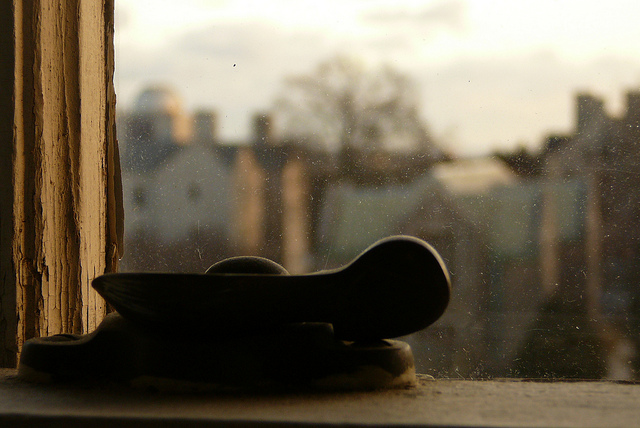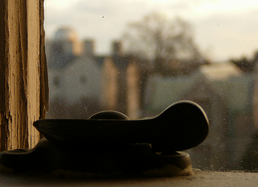Twice as much dust is in the atmosphere as one century ago, according to a recent study by a Cornell University professor, and the tiny particles are upsetting peoples’ lungs and the Earth’s climate.
This is bad news for junior Stephanie Besiada, who is allergic to dust, and other students with dust allergies.

“I get itchy eyes, watery eyes, [and I am] sneezing a lot. I get an itchy throat too,” Besiada said. “It’s just kind of whenever there is any dust in the air, or if it is a dirty place.”
Besiada, who takes allergy shots and antihistamines, said her allergies have gotten worse with time.
“That makes sense with more dust in the air,” she said.
Besiada lives off campus, and she said her allergies aren’t particularly bad anywhere on the St. Thomas campus because it is a fairly clean place.
Besiada’s allergy shots are supposed to help control her allergies in the next three years, so she might not have to deal with dust allergies much longer.
“Hopefully I won’t have to worry about it,” she said. “But I feel bad for anybody else who has allergies and has to go through it.”
Dust from across the ocean
St. Thomas geology professor Jennifer McGuire said she wants to know where the new dust will go and what effects it may have on the climate.
“The reality is that in certain places, we’re having increased desertification,” McGuire said. “Part of that is because of all the development we’re having. If you clear away vegetation, that’s not anchoring the soil anymore.”
McGuire added, “As we’re getting a lot of these large desert formations, the dust travels really far. You can get dust from the Gobi desert all the way in the U.S.”
She said the bacteria and viruses living in these environments can even survive trips across the ocean.
“When you see these dust storms come up, you can actually link them to increases in hospitalizations in Florida,” McGuire said.
McGuire makes presentations to St. Thomas students about the air’s makeup and how particulate matter affects human lungs.
“The type of dust that you’re breathing in makes a difference,” McGuire said. “Around here a lot of what we’re breathing in is particulates from tailpipes and energy generation.”
McGuire said the effect of dust on humans depends on the type of dust and size of the particles.
“The smaller the particle, the bigger the problem,” McGuire said.
She said she expects to see more dust and drier climates in the future.
Avoiding dust at St. Thomas
Disability Services Director Kimberly Schumann helps accommodate students with allergies. She said there are five to 10 student complaints about allergies per year.
Schumann said she provides two common remedies for allergies.
“Typically it’s allowing them to bring in an air conditioner,” she said. “Sometimes there are requests to have no carpeting, so we do that, too.”
Schumann moves students into housing options that fit their medical needs. To get special accommodations, students must provide medical documentation to Schumann. McGuire said even a move across the hall could make a difference.
“There are a lot of things that impact how much dust you’re taking in,” McGuire said. “Prevailing wind patterns, what side of the house your window might face. In terms of exposure, two people [who] are living in the same area are going to have really different exposure rates.”
Besiada said her off-campus apartment has a lot of dust. Schumann advised students to clean their rooms.
“If you never dust, that’s a problem,” she said.
Alex Keil can be reached at amkeil@stthomas.edu.

